












Chichicastenango
Markets. Chichicastenango. Chapter VII

Chichi-castenango
Chichicastenango is one of the most interesting communities of Maya descendants in Guatemala. The absolute majority of residents here are Kʼicheʼ Indians (more than 98%). Chichi is quite small, with only about fifty thousand inhabitants. However, it is well known throughout the country and beyond.

Market-town
Chichicastenango, both historically and in modern times, is a market-town. It wakes up twice a week, on trading days (Thursday and Sunday) when Indians from all around come to sell their goods.
Rapidly developing international trade relations and the opening of borders have breathed new life into this place. At the same time, largely due to the monochrome ethnic composition, it still preserves its authenticity and uniqueness.


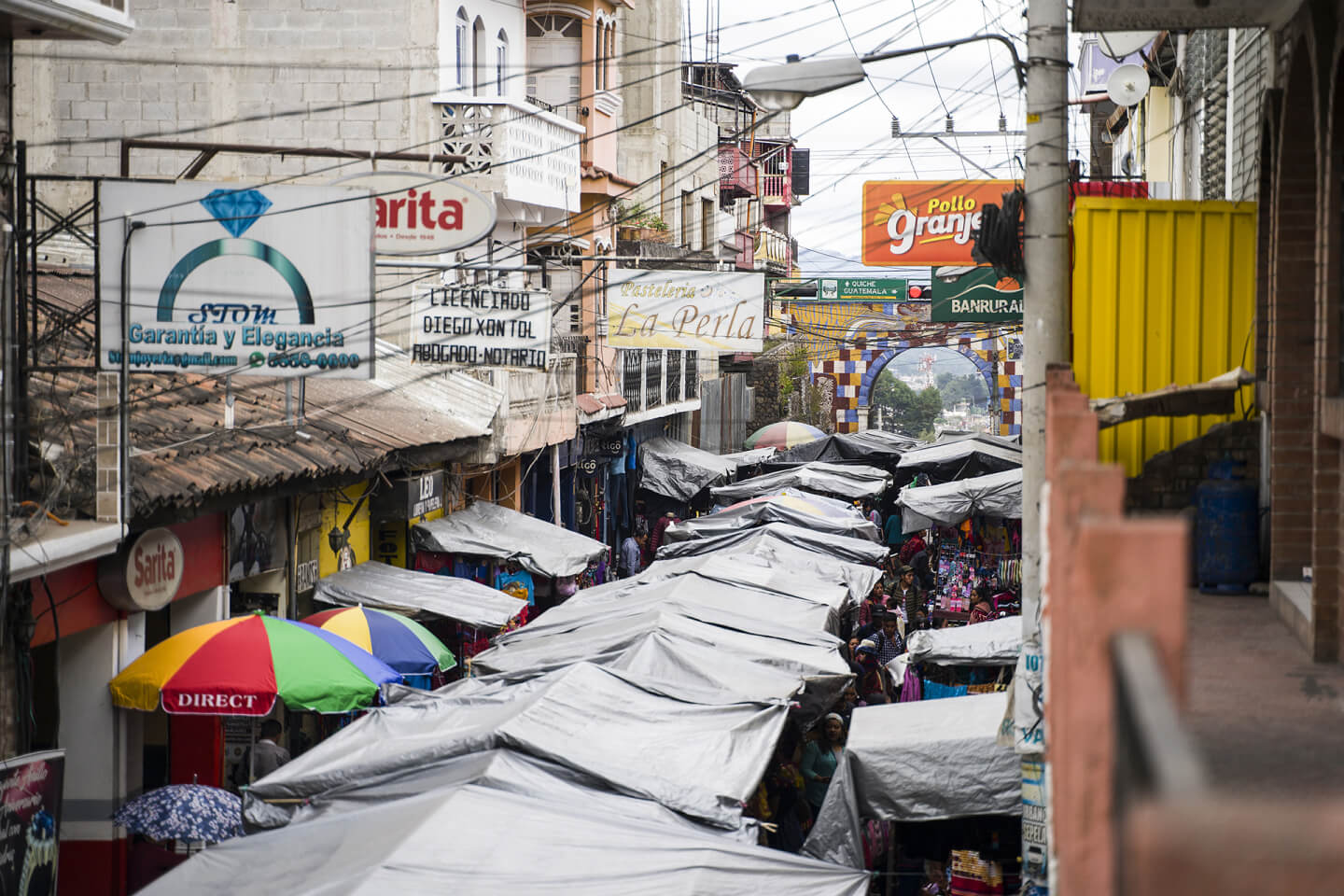
Quiché Department, Kʼicheʼ tribe. 2024. JFernando Morales Photography
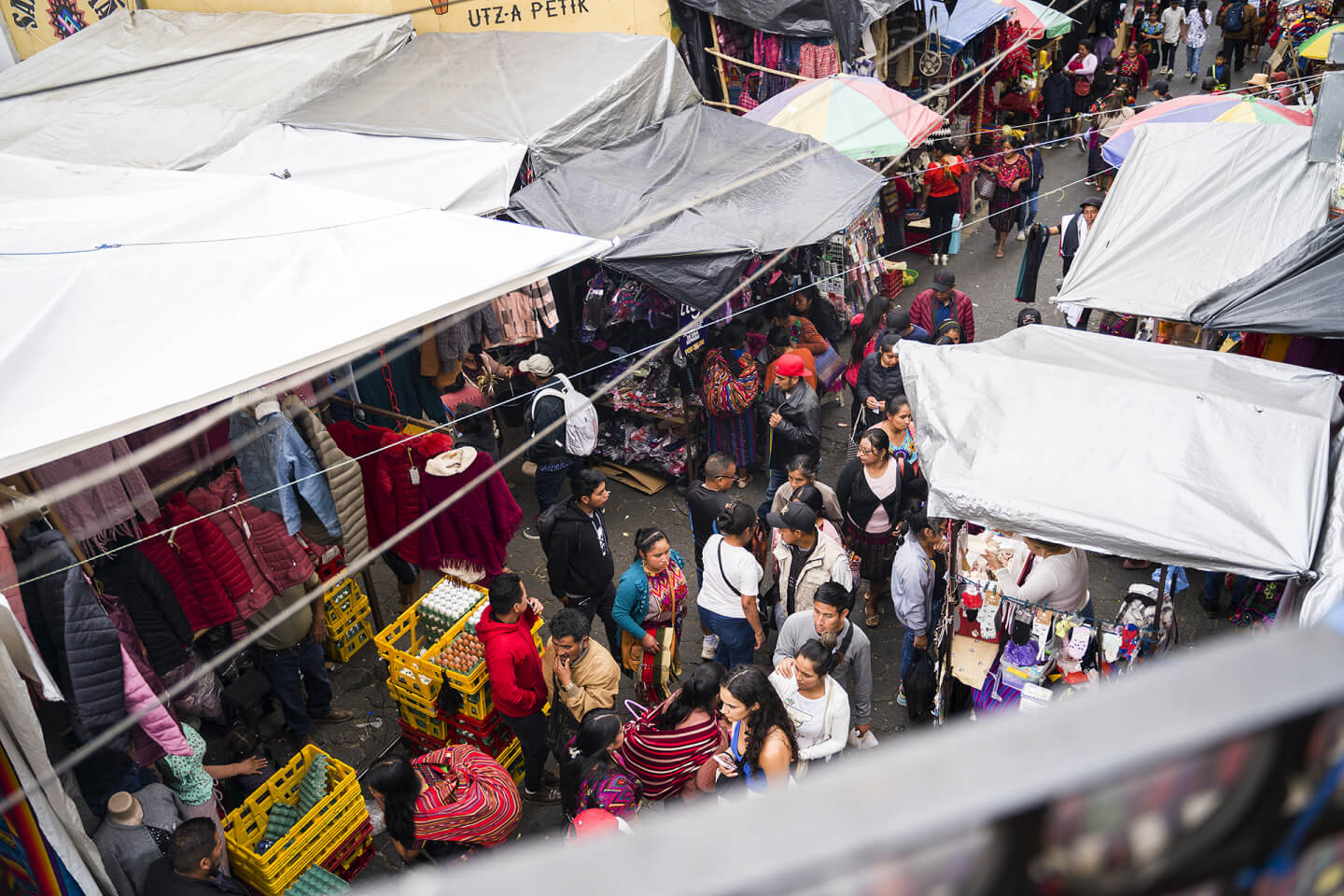
Quiché Department, Kʼicheʼ tribe. 2024. JFernando Morales Photography
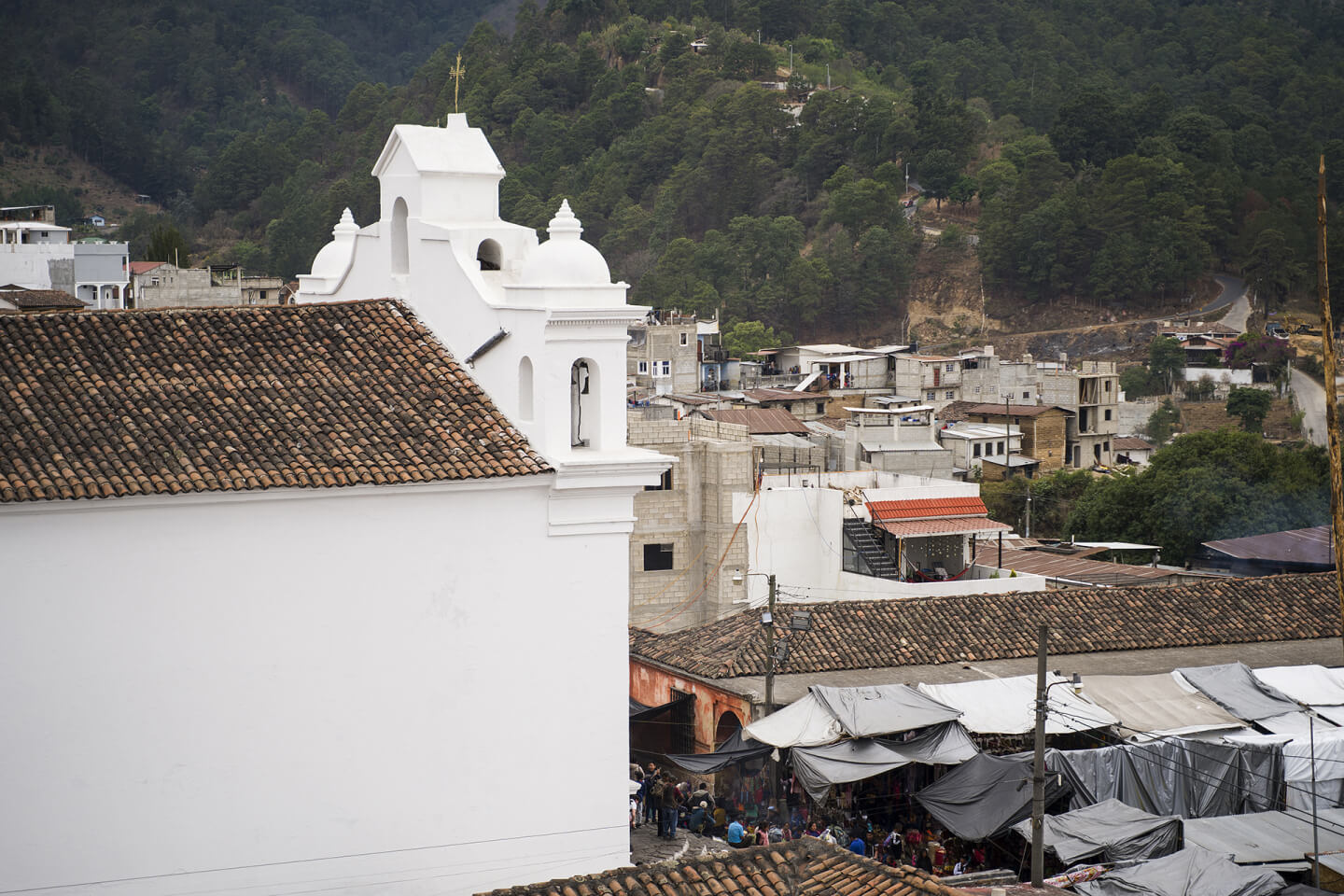
Quiché Department, Kʼicheʼ tribe. 2024. JFernando Morales Photography
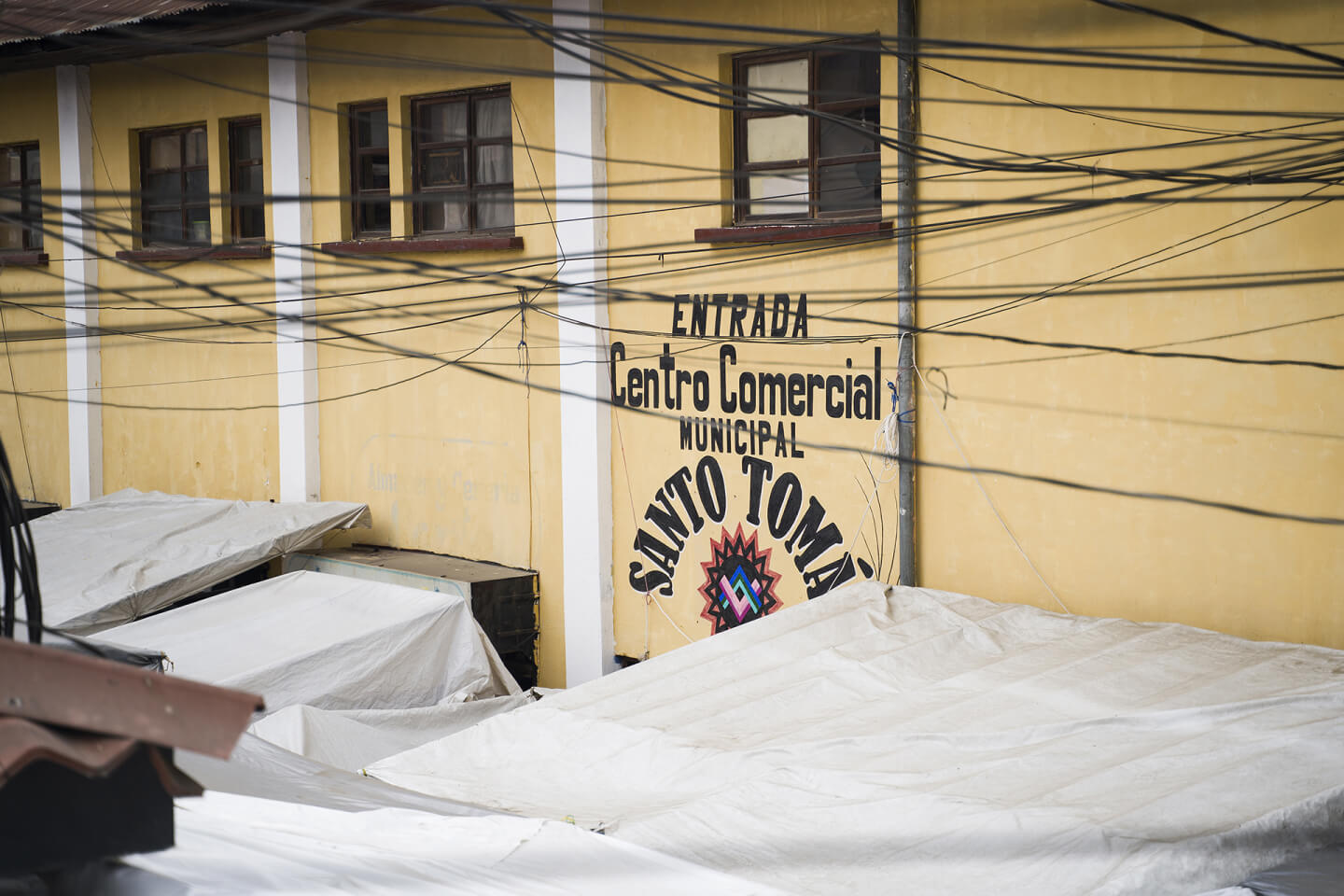
Quiché Department, Kʼicheʼ tribe. 2024. JFernando Morales Photography
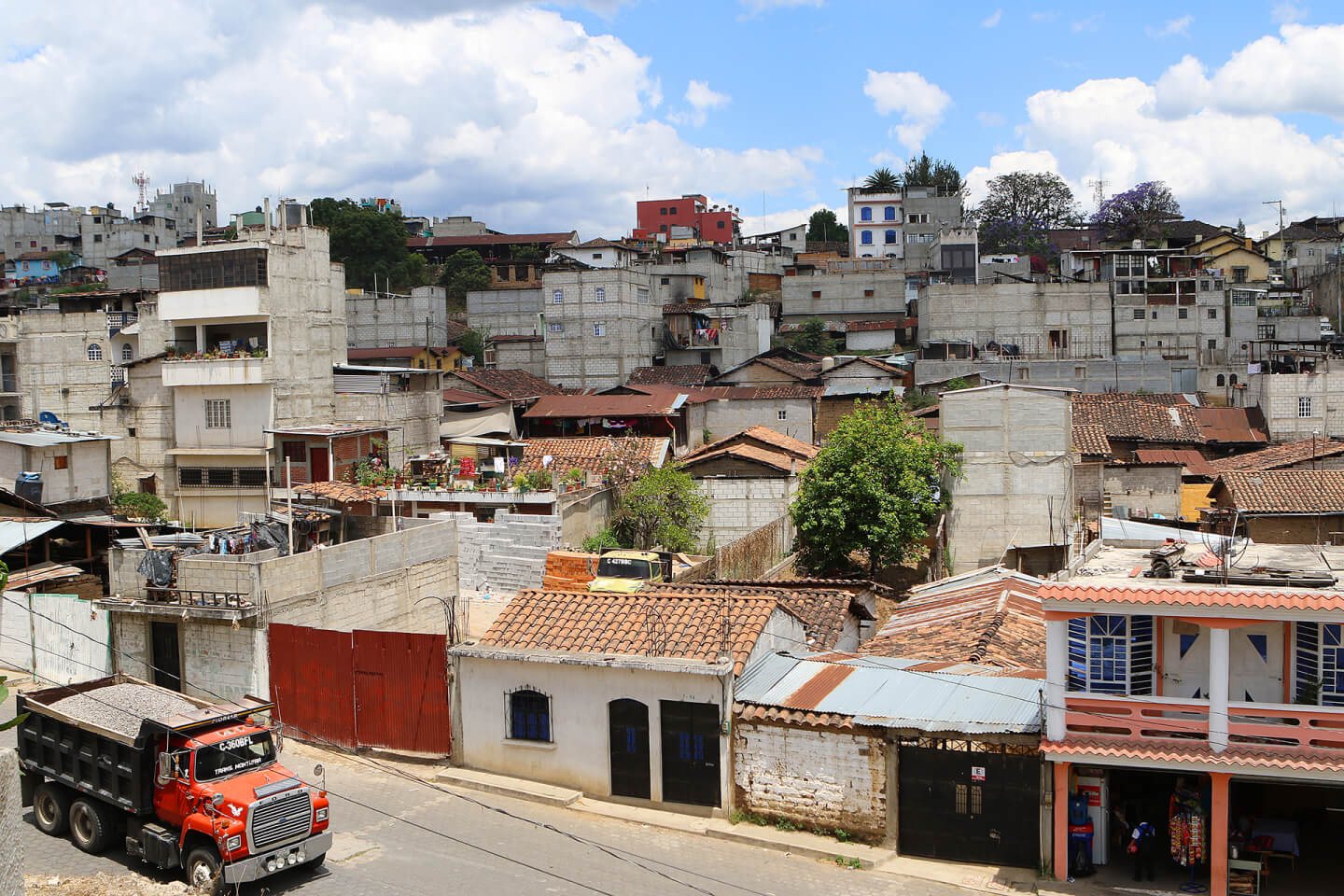
View of Chichicastenango, Quiché Department. 2018.
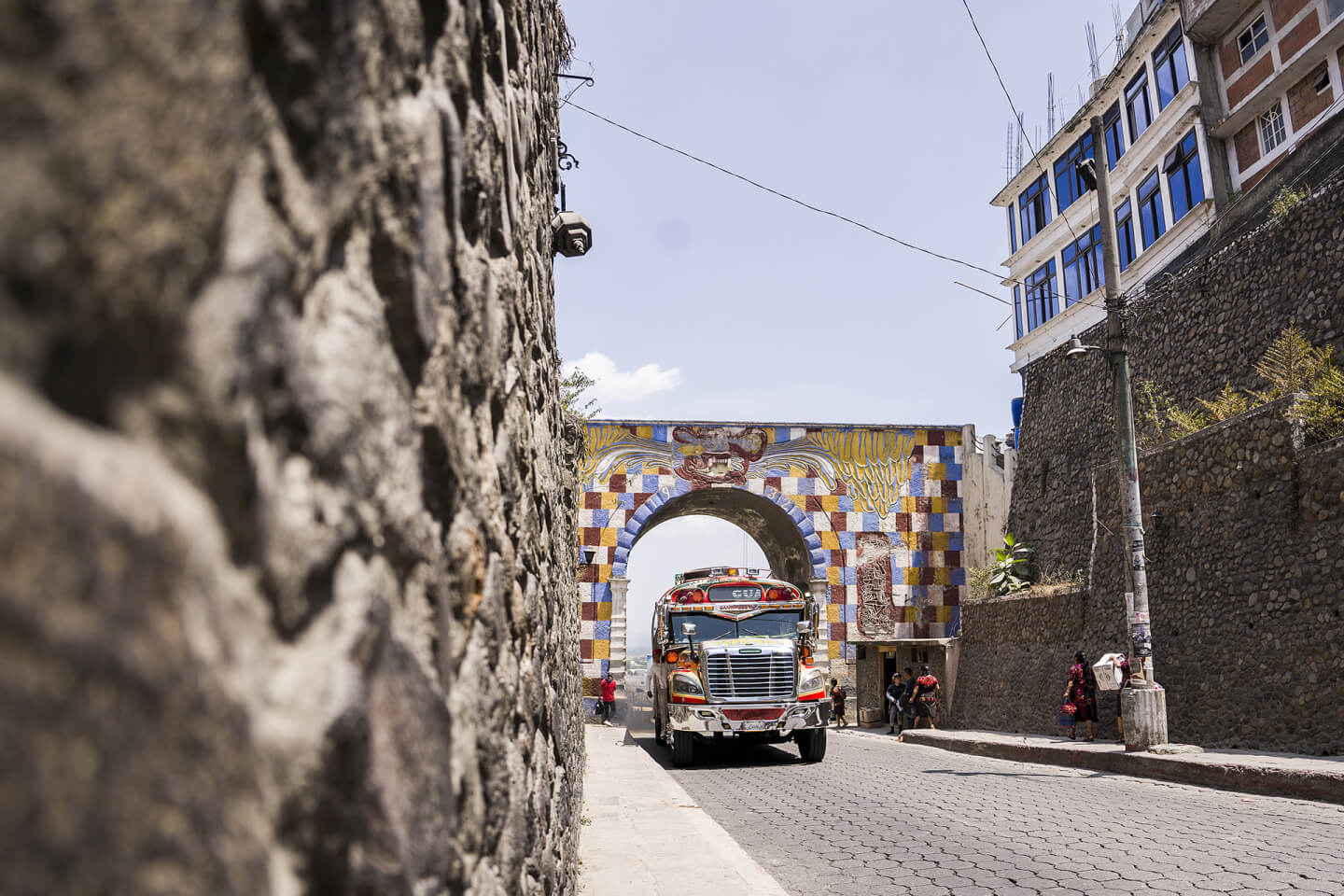
Quiché Department, Kʼicheʼ tribe. 2024. JFernando Morales Photography
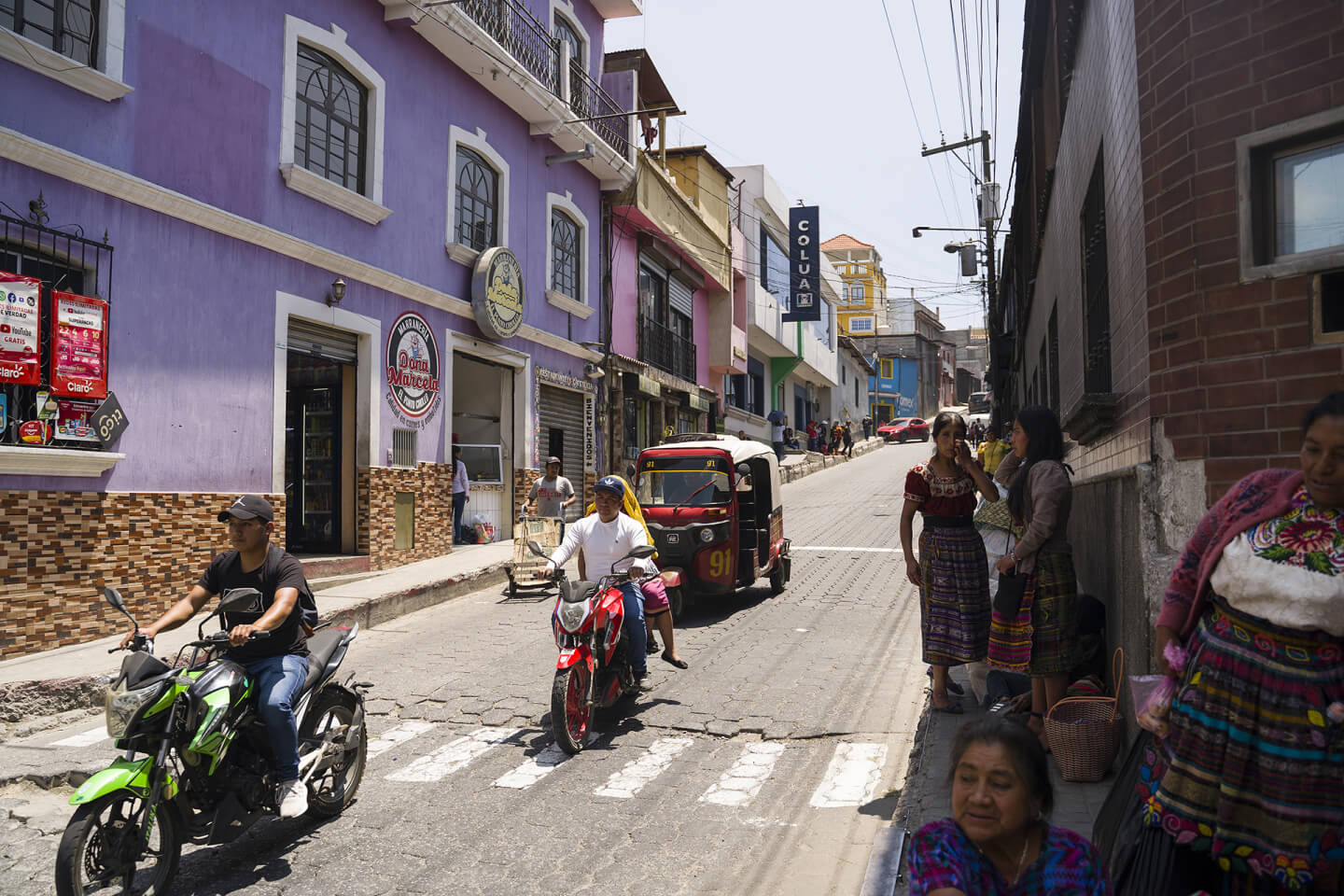
Quiché Department, Kʼicheʼ tribe. 2024. JFernando Morales Photography

Чичикастенанго, департамент Киче, племя киче, 2024. Фото: Фернандо Моралес.
Doña Tomasa Calel de Ignacio believes that nowadays the market is, among other things, a weekly holiday for all locals. However, not so long ago, in her childhood, it was not perceived as such: children, especially daughters, could not be allowed to go to the market. Parents were limiting their contacts with strangers in fear for their safety.
Nowadays, it is the other way round — children are an important part of the market community. They often act as interpreters for their parents who do not speak Spanish and English, and, having grown up, take on the functions of guides. Roberto, a guide to the Guatemalan highlands from Chichi, has a similar story.

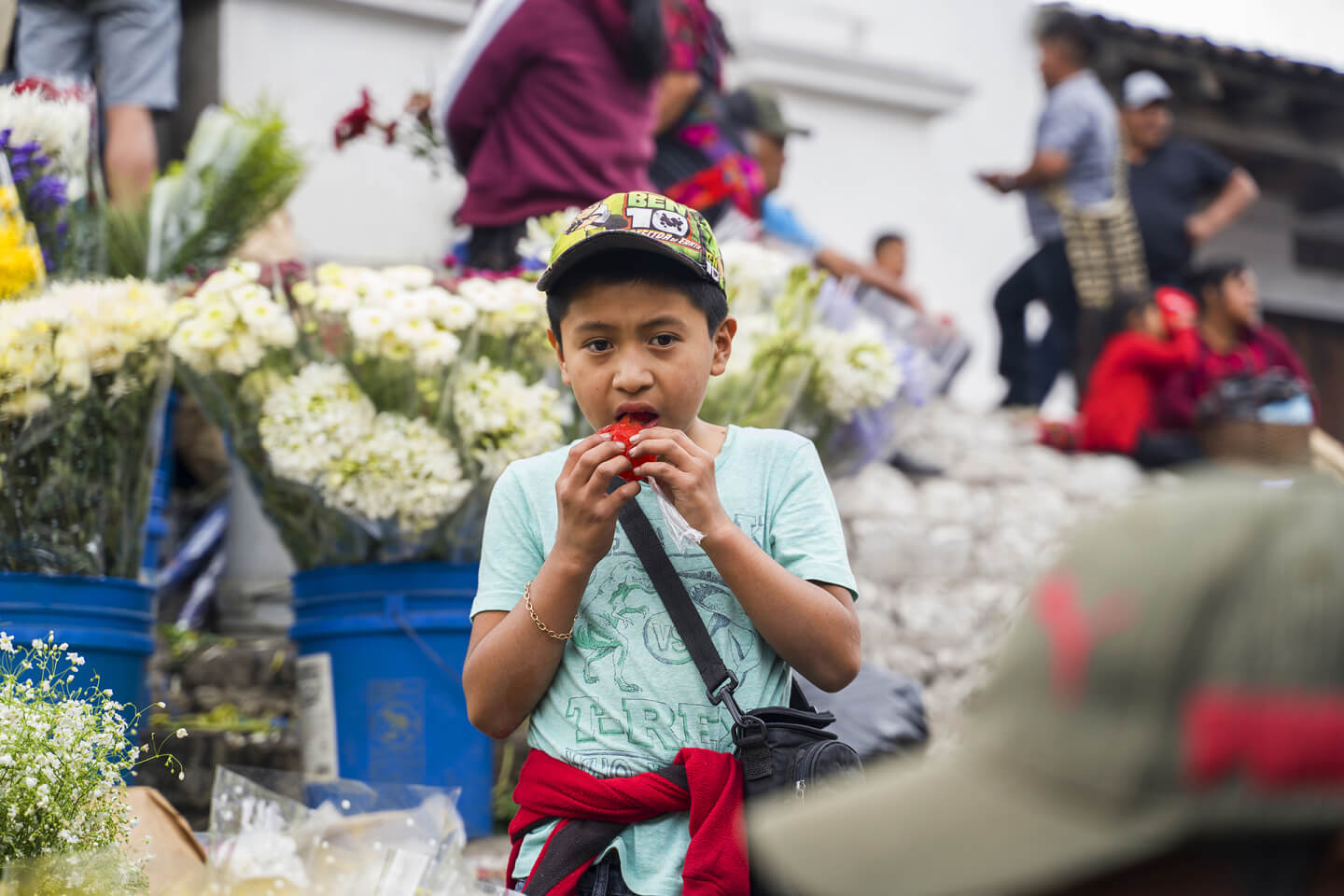
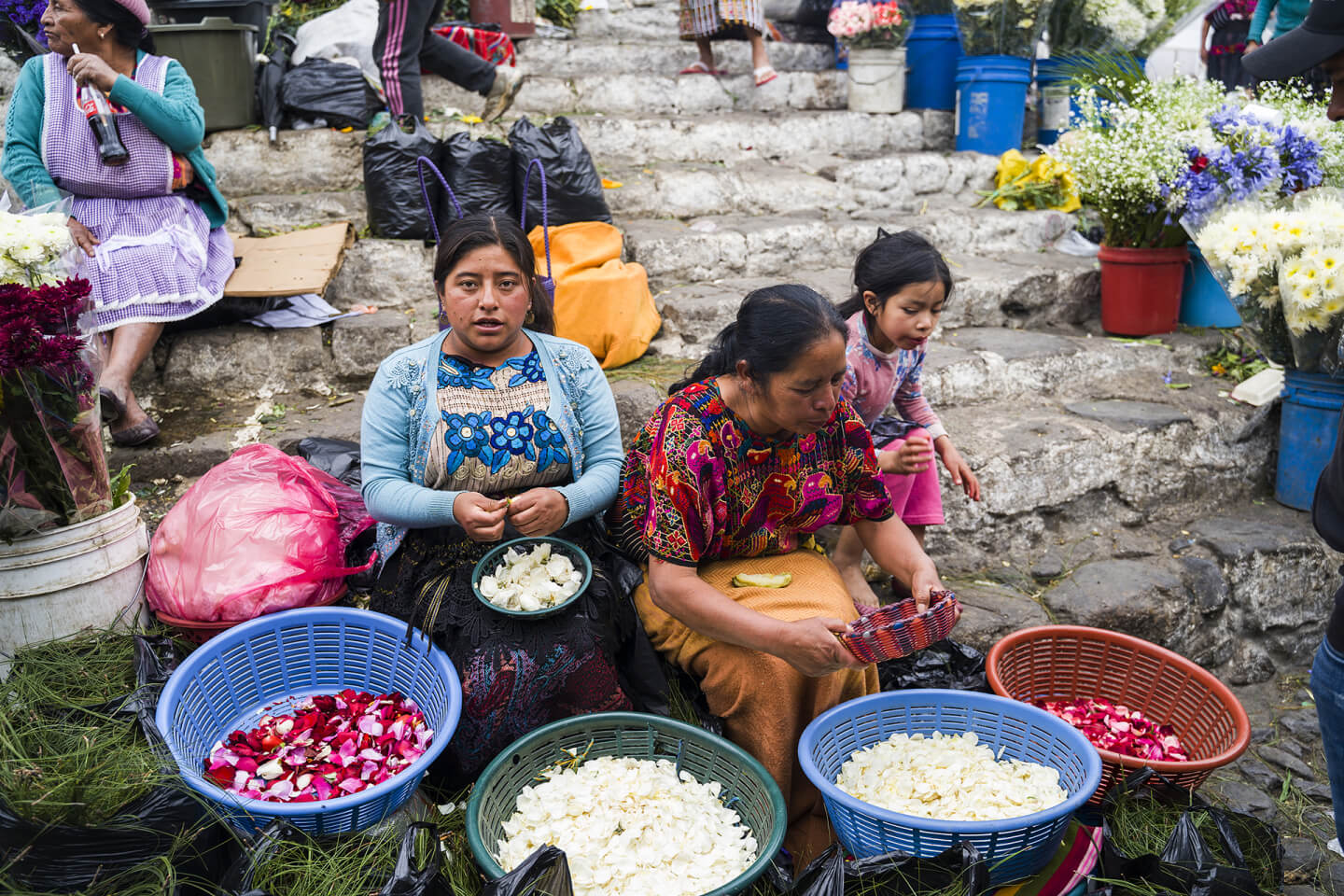
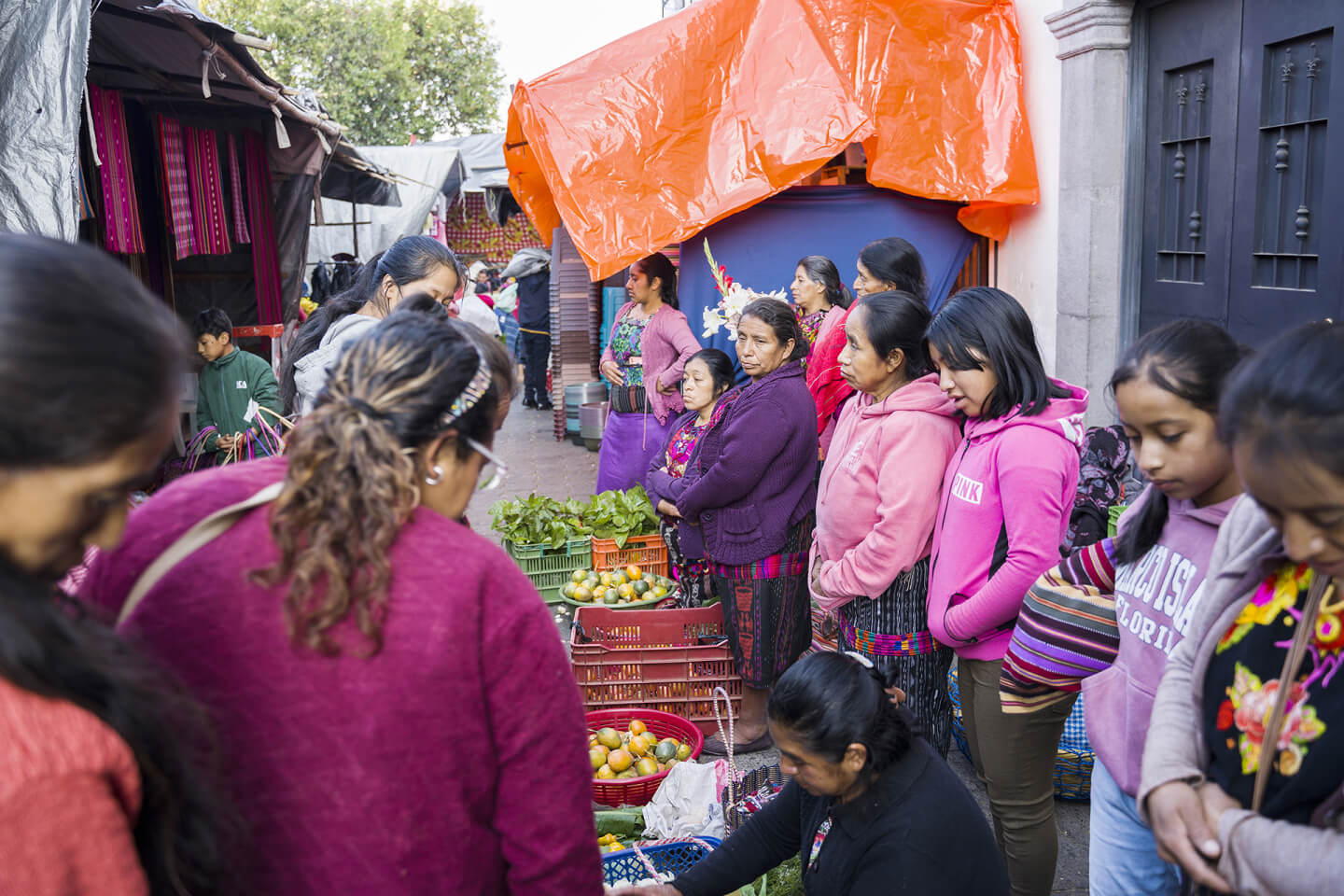
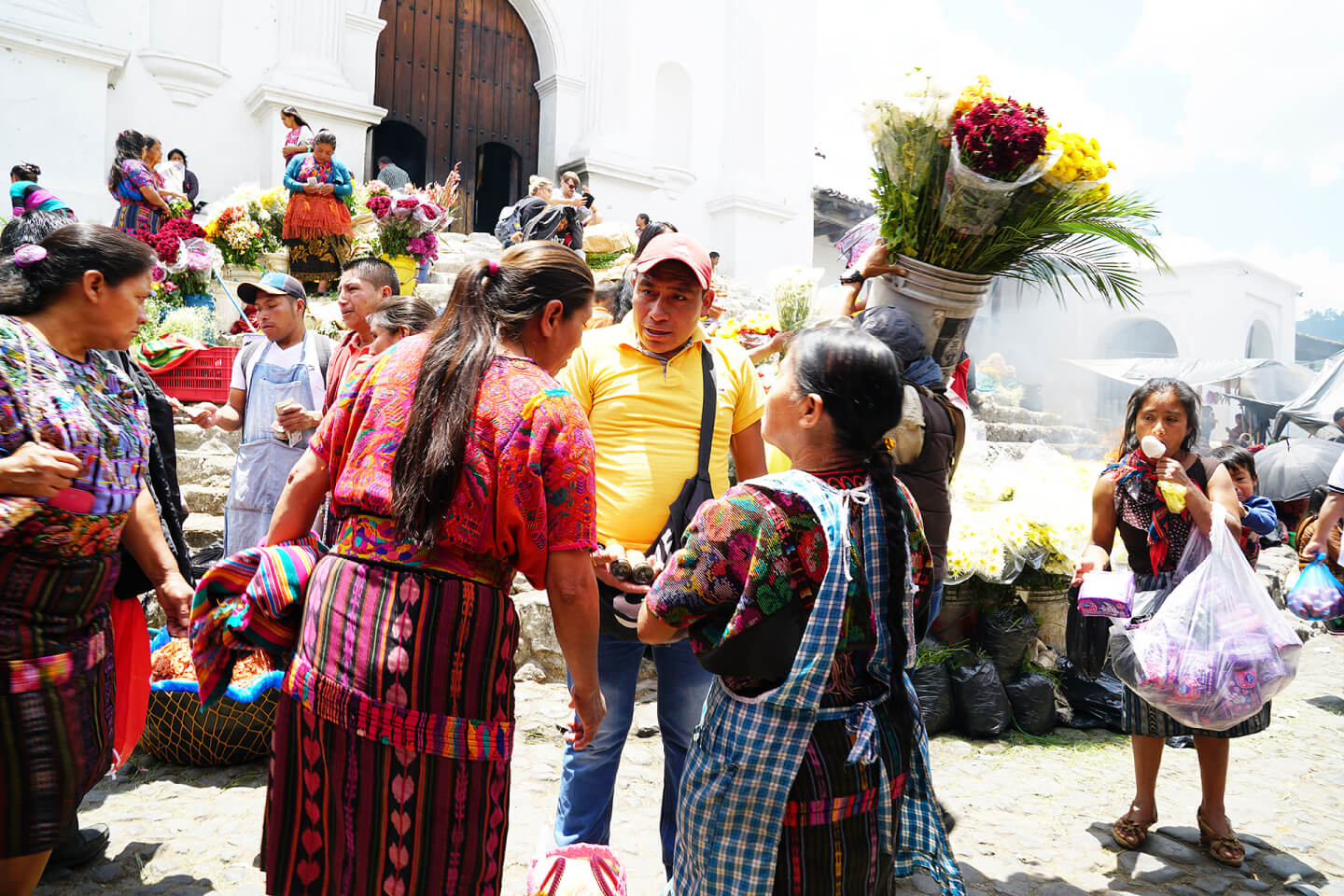
Quiché Department, Kʼicheʼ tribe. 2024. JFernando Morales Photography
Quiché Department, Kʼicheʼ tribe. 2024. JFernando Morales Photography
Chichicastenango, Quiché Department. 2018.




Roberto Sebastian Nix
guide, resident of Chichicastenango
I started working as a guide about 19 years ago. During those days, on Saturdays many people came to Chichi to visit the market. Since Sunday morning, they went to see how the vendors were coming to the market, how they were laying out their goods.

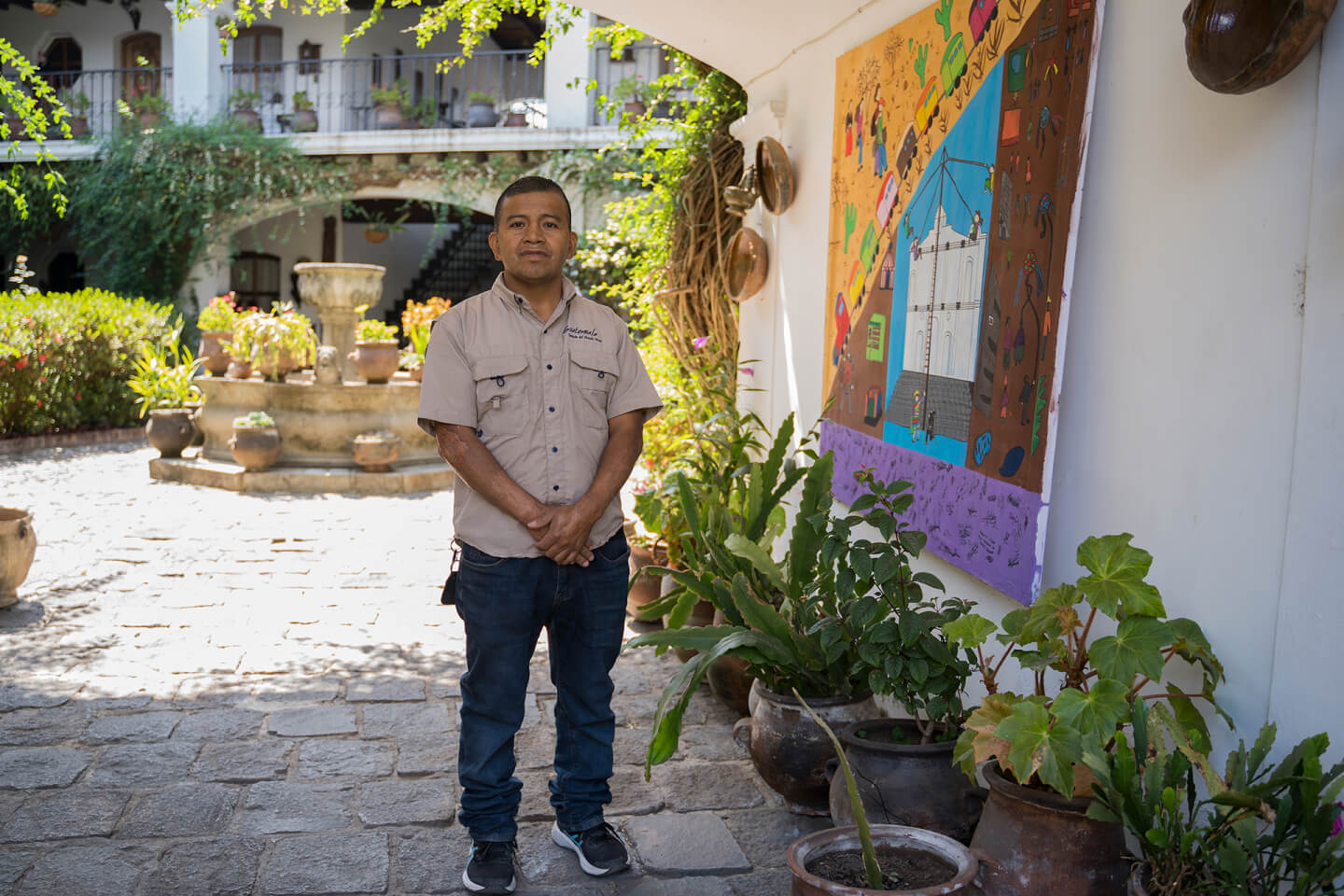
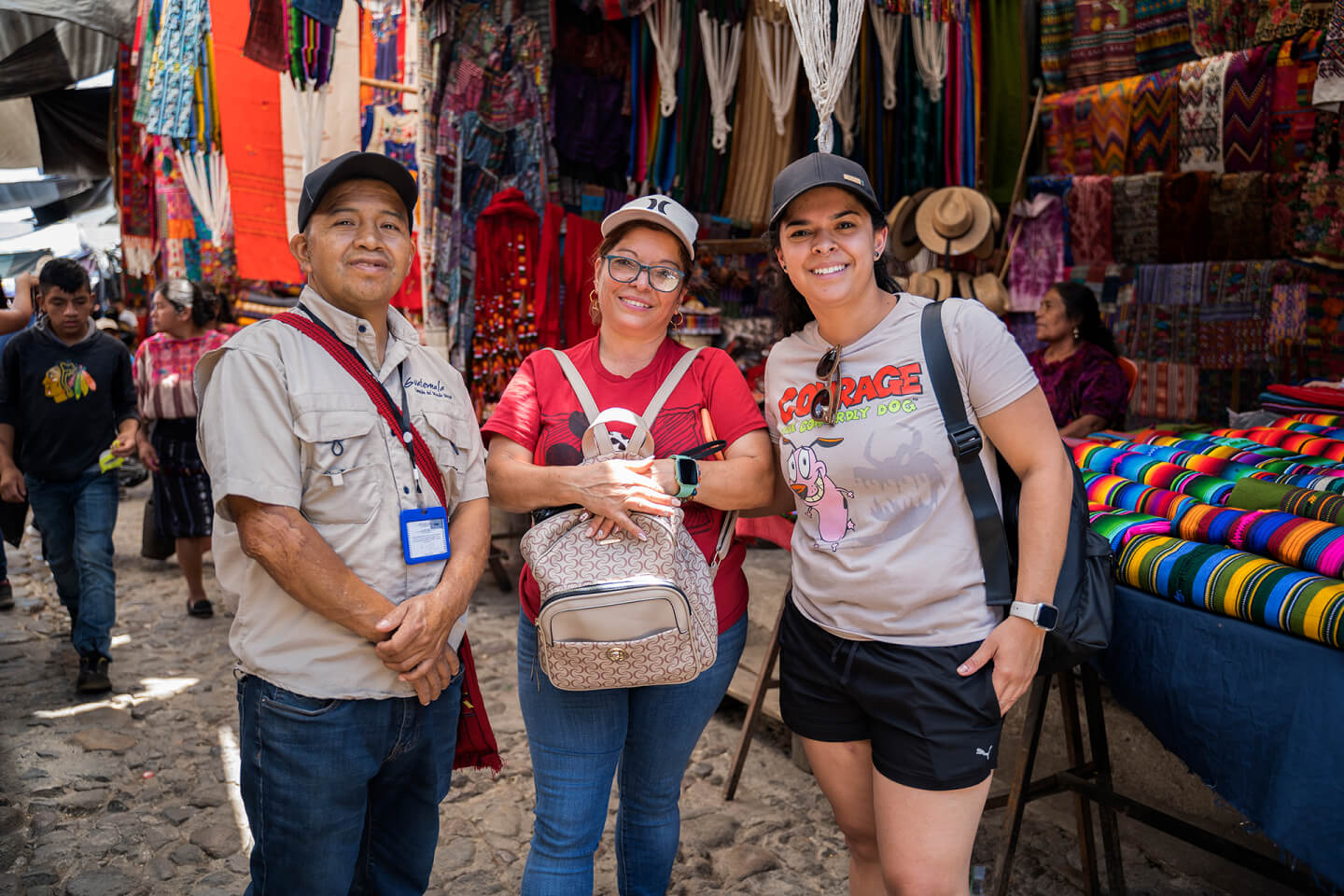
Roberto Sebastian Nix at work, Quiché Department, Kʼicheʼ tribe. 2024. JFernando Morales Photography
We receive knowledge mainly from the older generation. We ask those who are eighty or ninety years old how they used to live, what they did in those days. However, the most learning we get from our mistakes. When we do something in a wrong way, our elders will definitely make a remark about it. That’s how you understand the traditions and what you can and can’t do. My father is a spiritual guide, he tells me a lot of things too.

By Sunday, the hotels in the city were fully booked. I helped the guests with restaurants, accommodation, information, as well as the vendors with their carts and wagons. I and several other people were invited to become official guides so that we could get certificates, then they made uniforms for us and gave courses on local history. Hotels, restaurants and other organizations have joined their forces in the development of tourist infrastructure, and began to recommend us as people who can give information about Chichicastenango.



Quiché Department, Kʼicheʼ tribe. 2024. JFernando Morales Photography

Quiché Department, Kʼicheʼ tribe. 2024. JFernando Morales Photography

Quiché Department, Kʼicheʼ tribe. 2024. JFernando Morales Photography
A spiritual guide in Maya culture
Maya culture has a spiritual guide figure, who is the most important person in the tribe. It is difficult to clearly define their duties, the rules do not allow talking about this with outsiders, but people usually turn to them in the hope of understanding their life purpose or solving a particular problem. Spiritual guides help them by conducting Maya ceremonies. Guides are born with the gift of communication with spirits. They realize their powers, as a rule, after a serious illness or misfortune, through dreams and visions.
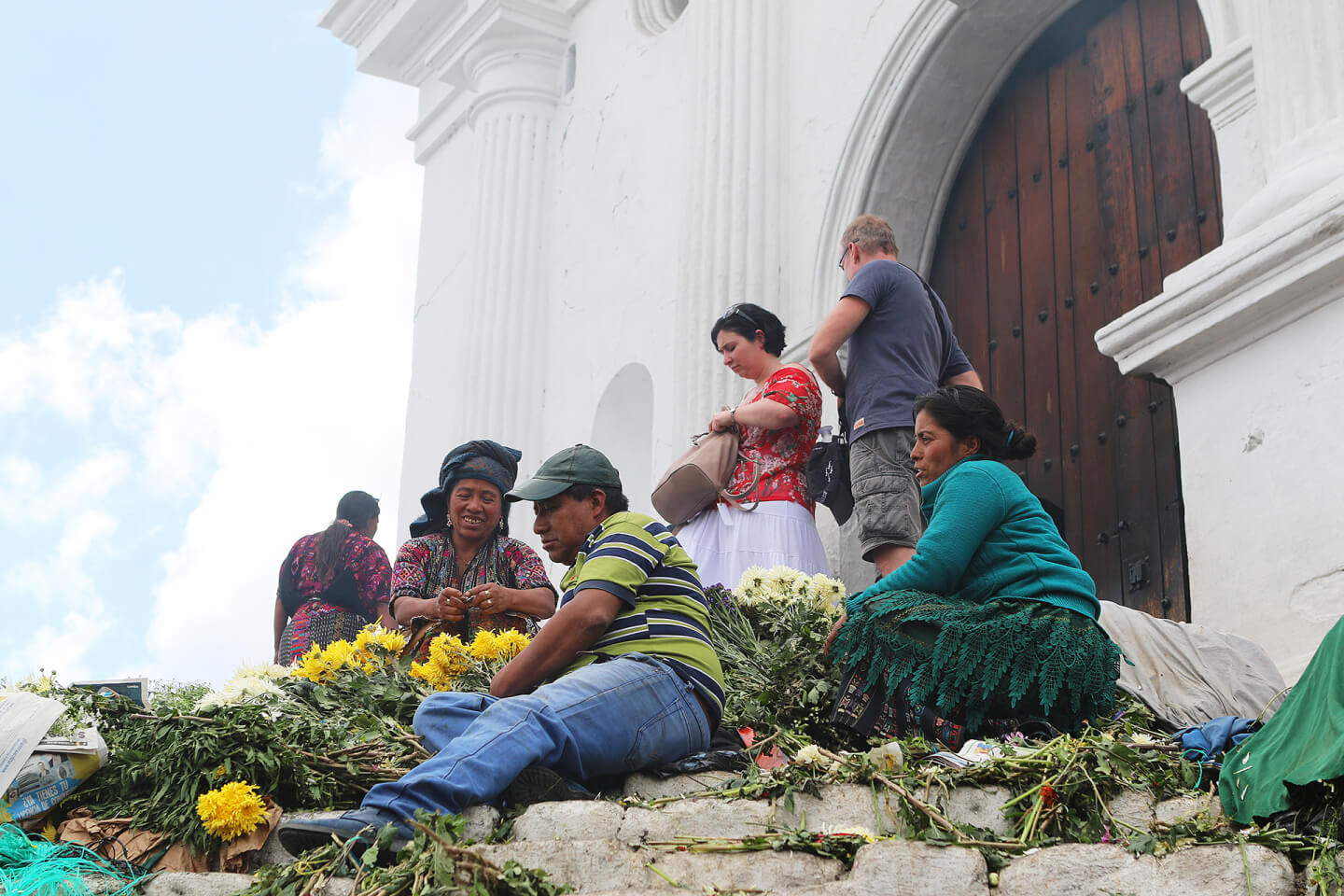
Flowers are sold on the steps of Santo Tomás church. They are used for rituals, holidays and home decoration. Chichicastenango, Quiché Department, Kʼicheʼ tribe. 2018.
There was a trading post before the advent of the conquistadors, in the place where Chichicastenango is now located. However, the settlement itself in its current format was formed with the advent of the Spaniards: the struggle for land forced the inhabitants of the largest Utatlán center in these parts, whose influence extended to the current Mexican border, to move to Chichi, or as it was then called Chaviar. Before the resettlement, it was a village of the Kaqchikel people.
The geographical location of Chichicastenango is quite advantageous: the settlement is located far enough from large cities surrounded by mountains that protected it from uninvited guests.
Even now, you will have some difficulties getting to the town. Descendants of the Maya royal dynasties of Utatlán still live here. They are considered one of the most revered people in the town, regardless of their financial situation and the specifics of their work.


Map of the Chichicastenango market area.




















Chichicastenango is the name given to this place by the Spaniards (it means "city of nettles" derived from the Aztec Nahuatl language). Under this name the settlement appears in the memories of travelers from the XVI century. A more detailed description of the town appeared in the middle and at the end of the XVII century, when about 2,500 people lived there, mostly Kʼicheʼ Indians.
In our time, several settlements are united in the municipality of Chichicastenango. Its area is about 400 square kilometers, and it is home to about 120,000 people, mostly people from neighbouring villages. The prefix Santo Tomás to the name Chichicastenango appeared after the first Catholic service in the village on St. Thomas' Day.
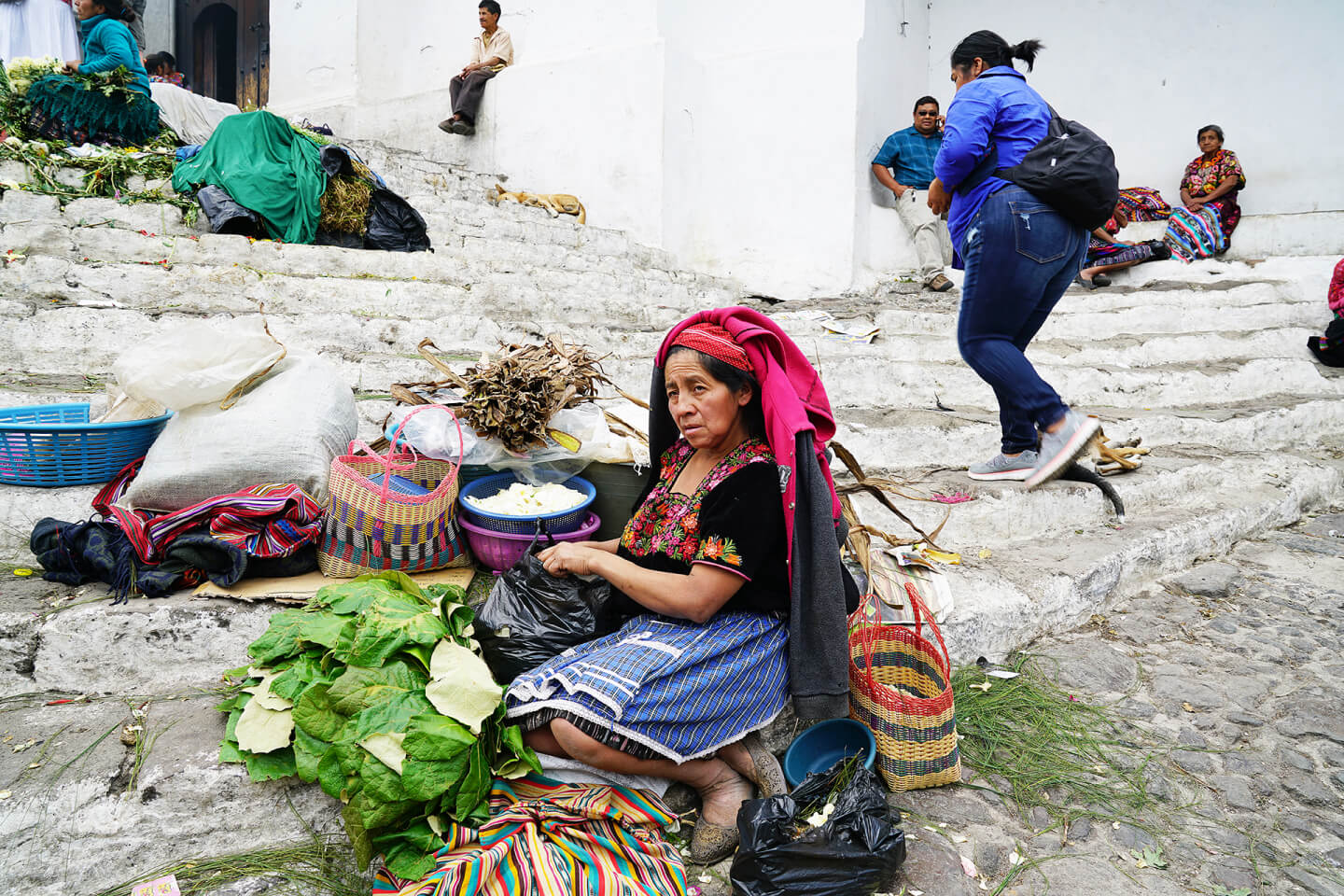
On the steps of St. Thomas Church. Chichicastenango, Quiché Department, Kʼicheʼ tribe. 2018.
Popol Vuh
Chichicastenango is the most important spiritual center for the Kʼicheʼ Indians. The greatest Maya epic — "Popol Vuh" was found, and copied from its now lost original, precisely in the suburbs of Chichi. This book is one of the main shrines for the entire Indian people. It explains the cosmogony of the Maya, the world order, the genealogy of the Kʼicheʼ nobility, including the divine origin of the royal family, and describes the structure of the Kʼicheʼ state. In addition, there are almost no written sources about pre-Columbian culture, which gives it even more importance.
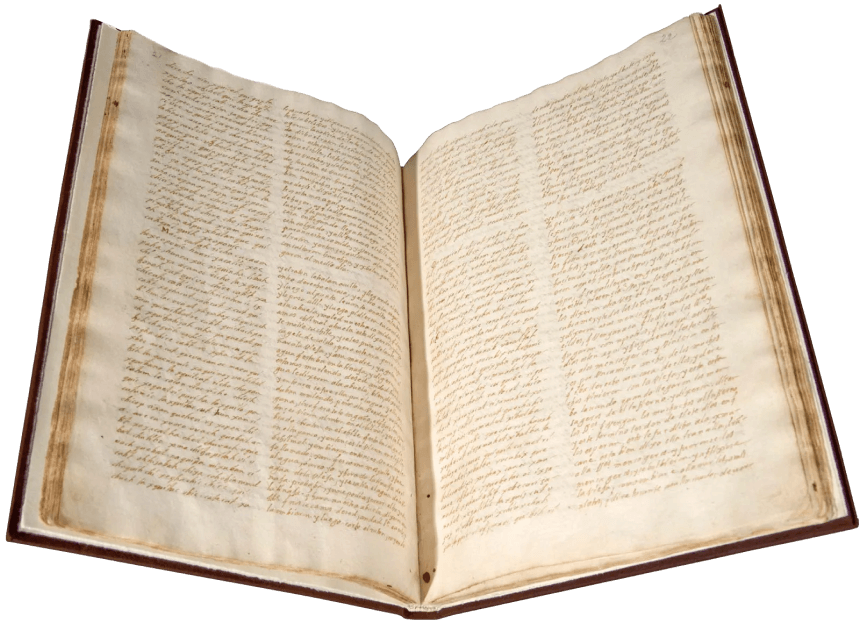
The manuscript of Pedro Jimenez of the book "Popol Vuh" found in the suburbs of Chichicastenango. 1700−1715. Photo: Britannica.
Religion and beliefs
The traditions of shamanism along with syncretism are very strong in Chichicastenango. According to some experts, shamanism takes its origin not in the pre-Columbian era, but from imported African slaves. Today it has become so assimilated with the traditions of the Maya that it is practically inseparable from it.



Candles used in rituals. Chichicastenango. Quiché Department. 2018.

Religious syncretism is a blending of religions, cults, traditions and teachings that are different in their nature and origin. Syncretism is common throughout Guatemala, but it especially made itself felt in Chichicastenango.
Every Sunday, Catholic brotherhoods march through the main street and the market to conduct ceremonies and make sacrifices inside the church of Santo Tomás and on its steps. Only a couple of kilometers from the town there is a mountain with a sacred carved stone Pascual Abaj, where shamanic rituals and bonfires are regularly held. Tourist are allowed to watch but it is forbidden to make photos. Unlike the other eight sacred sites around the settlement, no one will show them to you, strangers are not supposed to know about them.

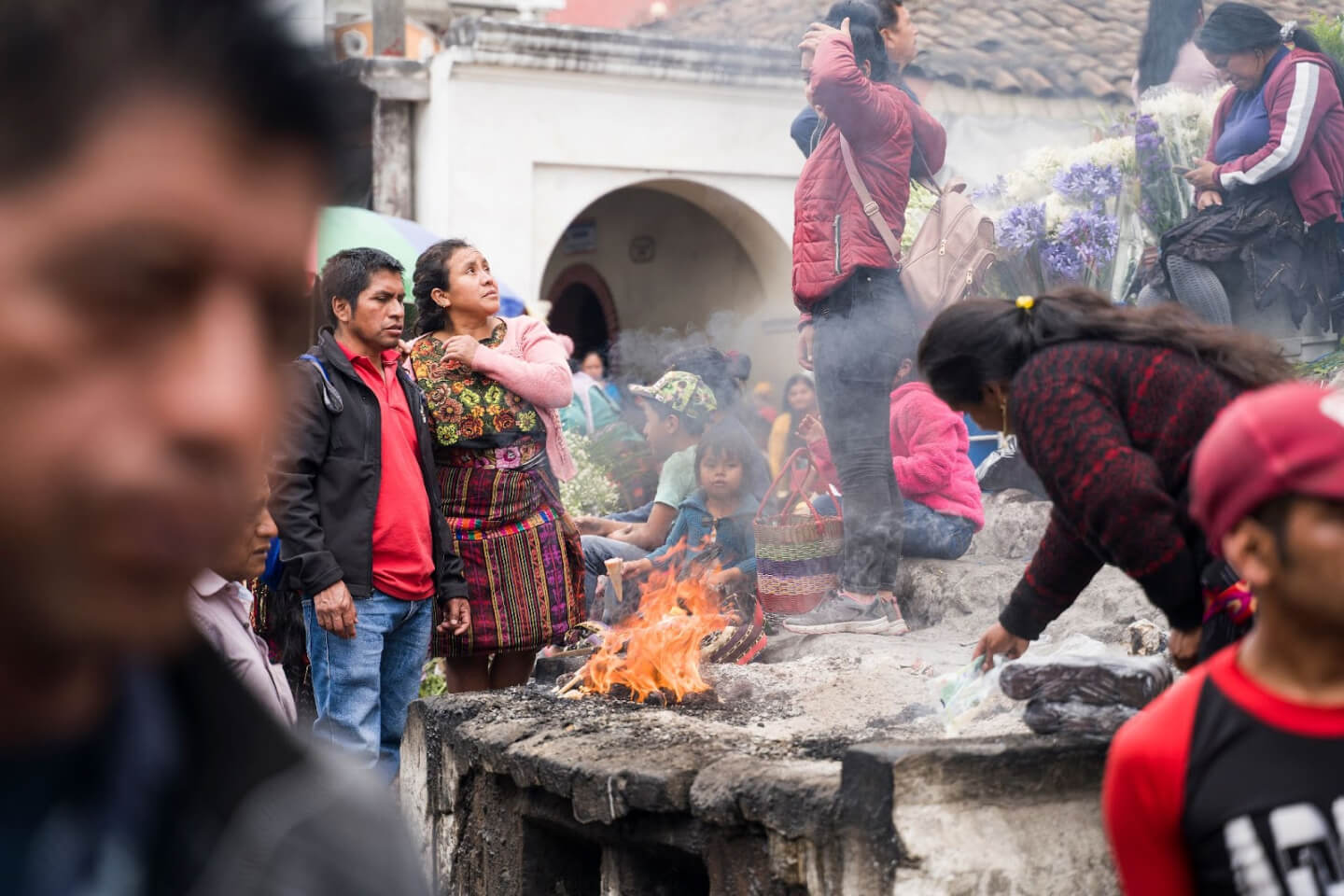
On the steps of Santo Tomás church. Chichicastenango. Quiché Department, Kʼicheʼ tribe. 2024. JFernando Morales Photography
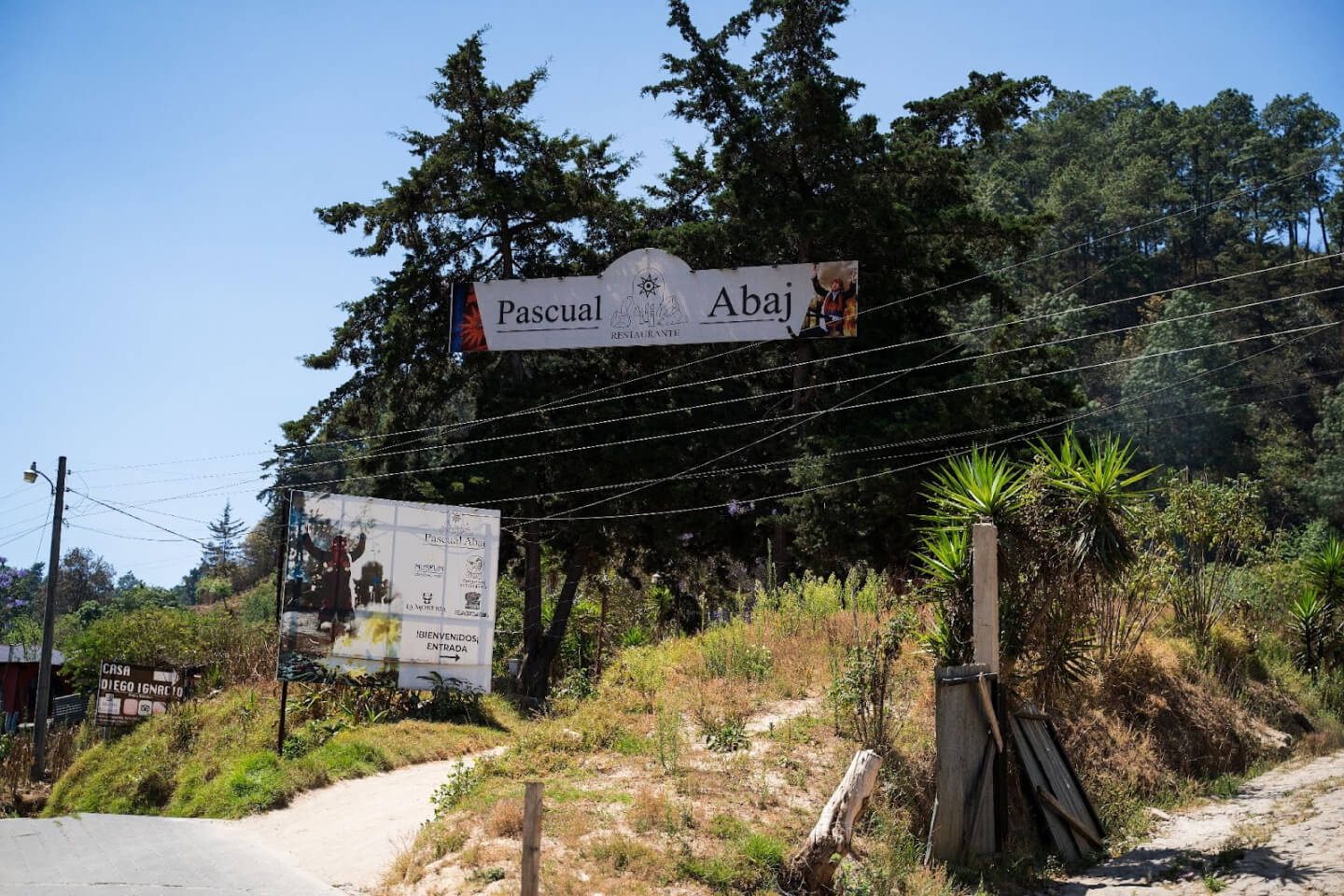
Chichicastenango. Quiché Department, Kʼicheʼ tribe. 2024. JFernando Morales Photography.

Chichicastenango. Quiché Department. 2018.
Chichi’s colored cemetery is also a product of syncretism. From a distance, this cemetery looks like a multicolored mosaic on a hill.

Modest Catholic tombstones sit alongside colored Maya ones. Previously, colors mattered: for example, those of girls were painted pink, and those of elderly people were painted yellow. Over time, however, the colors have lost their meaning and now they are chosen based on the preferences of the family.
Tombstones alternate with holy places: fenced areas with altars where shamanic ceremonies are held and bonfires are lit for offerings to the gods. The cemetery is also a typical place for children’s games — death for the Maya is not a tragic event, it is just the beginning of a new era.
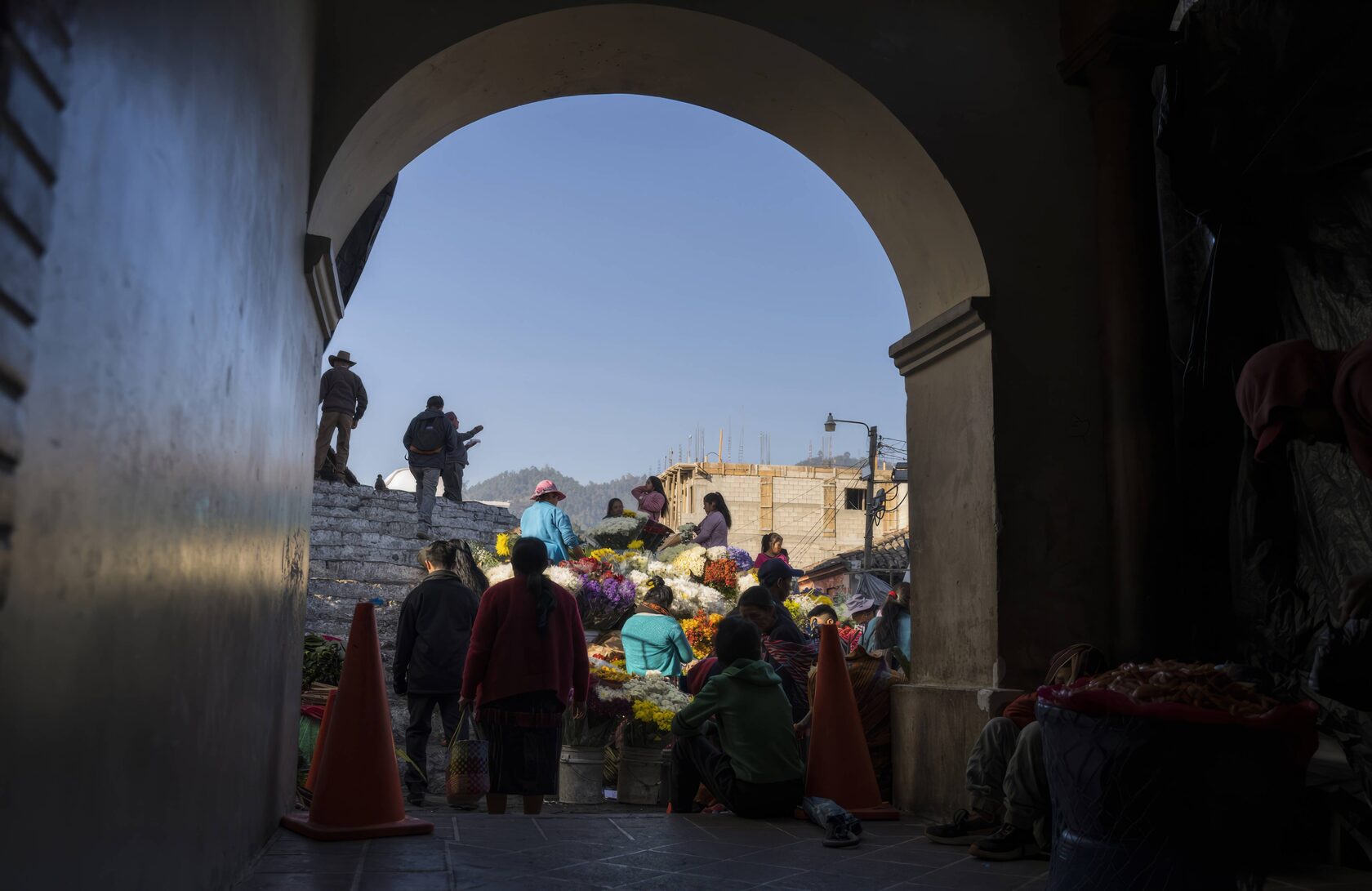
Social framework
In Chichi, as in other municipalities of Guatemala, there are two governments: local government in the form of selected groups of people responsible for one or another aspect of life, and the administration, which deals with the vital activities of the city: they control the economy, education, transport and are subordinate to state authorities.
Chichicastenango. Quiché Department, Kʼicheʼ tribe. 2024. JFernando Morales Photography
Cesar Aguilar
archaeologist, specialist in sustainable tourism
The local community has a huge influence in Chichicastenango. There are no brothels in Chichi unlike other regions of the country. There are no cinemas; here you can’t purchase some goods that seem to be very ordinary and normal. Like, for instance, disposable diapers or chicharrón — fried or dried pork rinds.

Moreover, the color of the packaging plays a vital role in whether a particular product will be bought by customers. All medical products, vitamins and pills that are red in color are well accepted by the community. Because red is associated with blood. If exactly the same product is blue, no one will ever buy it.


Chichicastenango. Quiché Department, Kʼicheʼ tribe. 2024. JFernando Morales Photography
Chichicastenango. Quiché Department, Kʼicheʼ tribe. 2024. JFernando Morales Photography

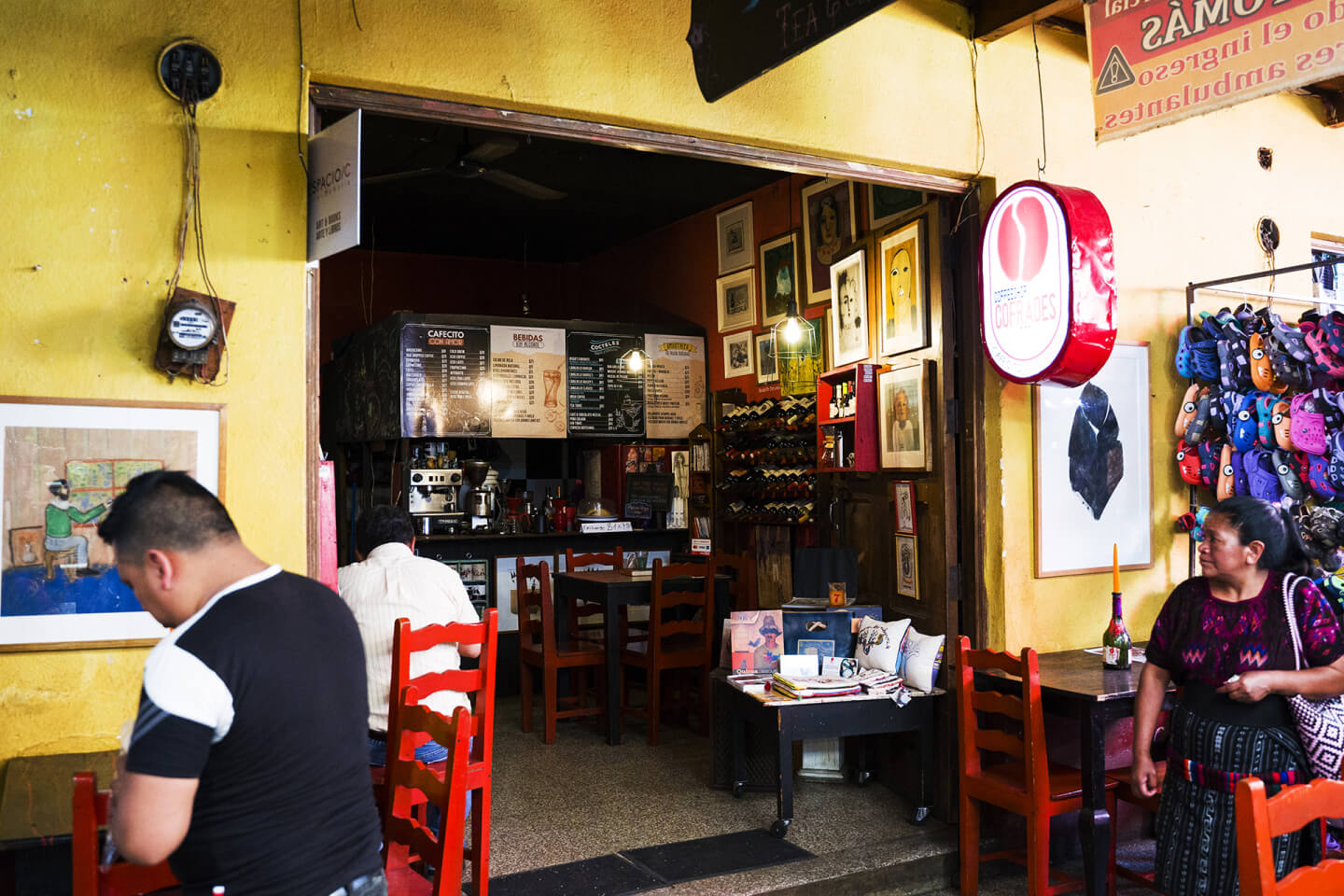
Bars, on the contrary, are very popular in Chichi. Men come here from nearby villages to have some good time — they can often be seen completely drunk lying on benches all over the city. They can stay in Chichi for several days or even weeks. No one touches them, does not rob them. They are a part of the culture. At first glance, it may seem to some that only alcoholics live here, but this is not the case. To understand such nuances, you need to live in this community.




Chichicastenango. Quiché Department, Kʼicheʼ tribe. 2024. JFernando Morales Photography

Contacts
Events
Project

























